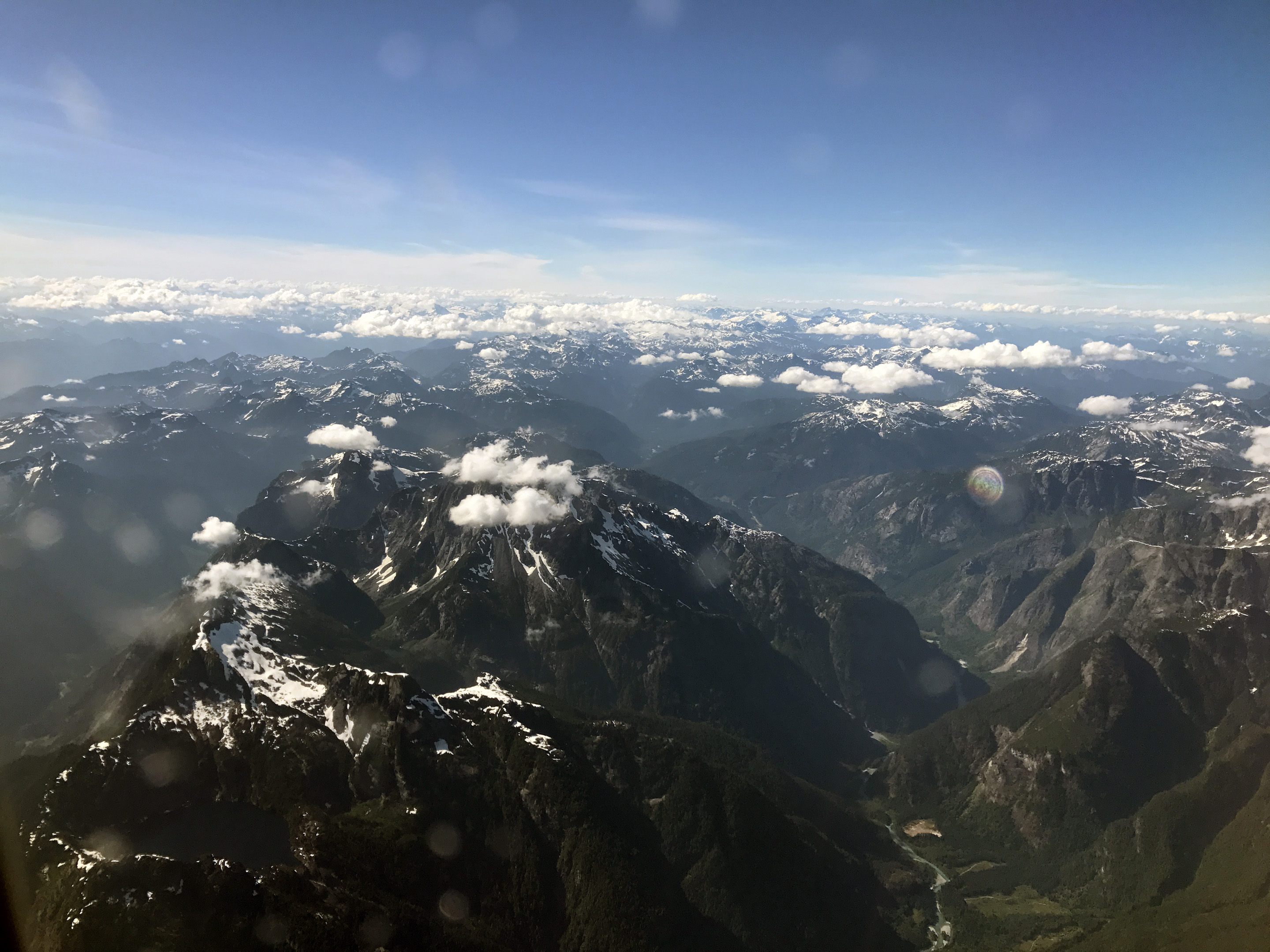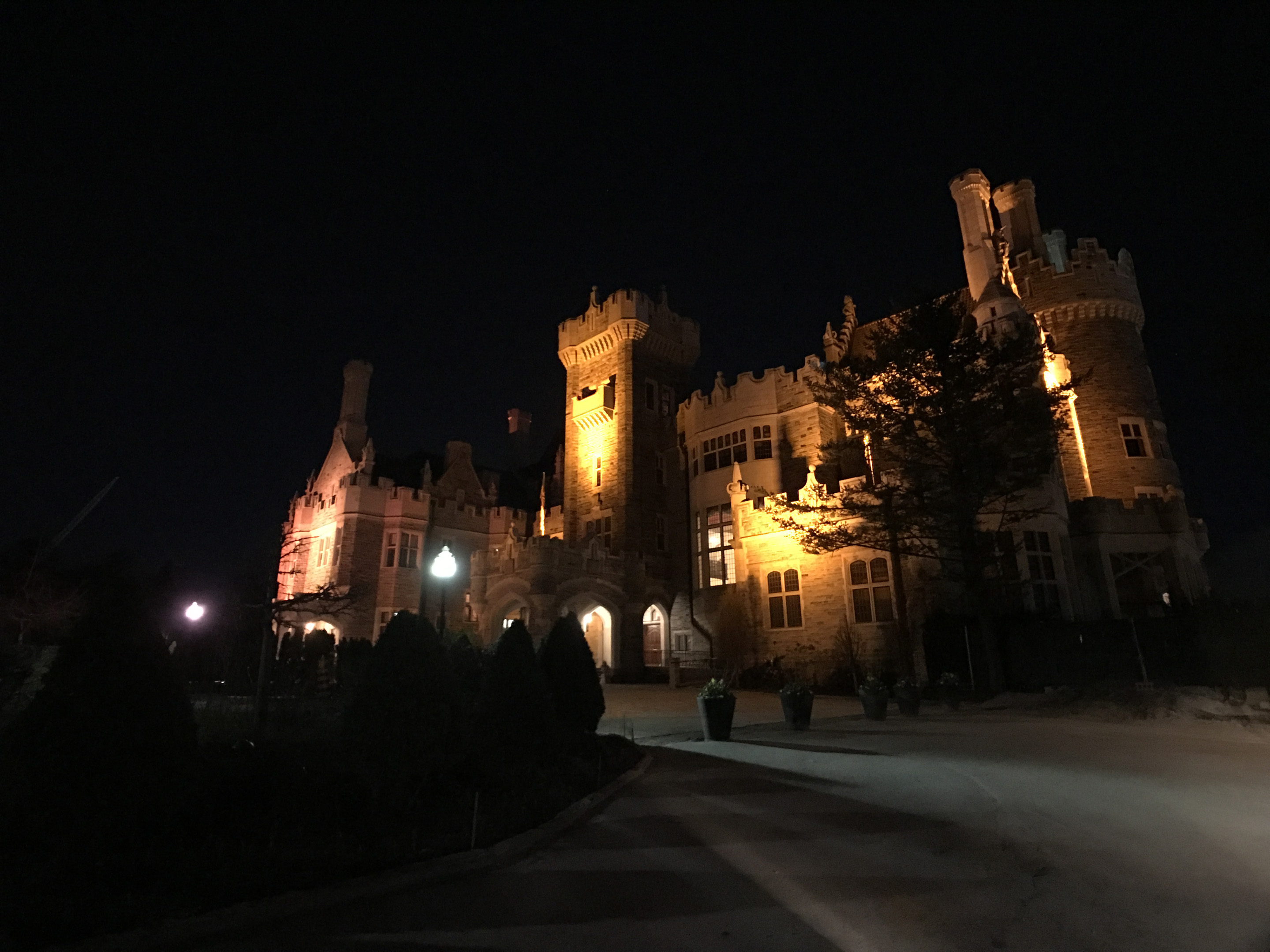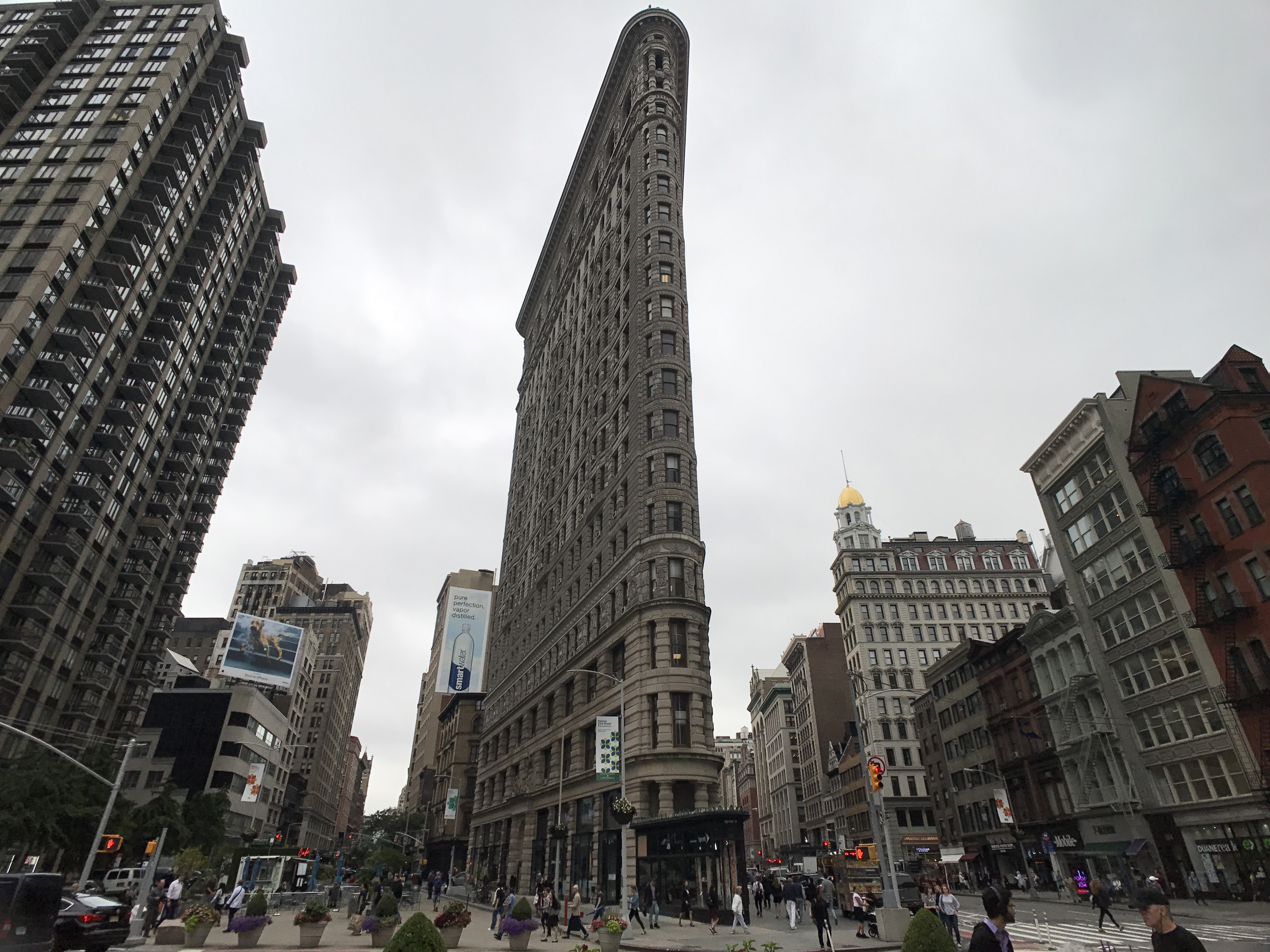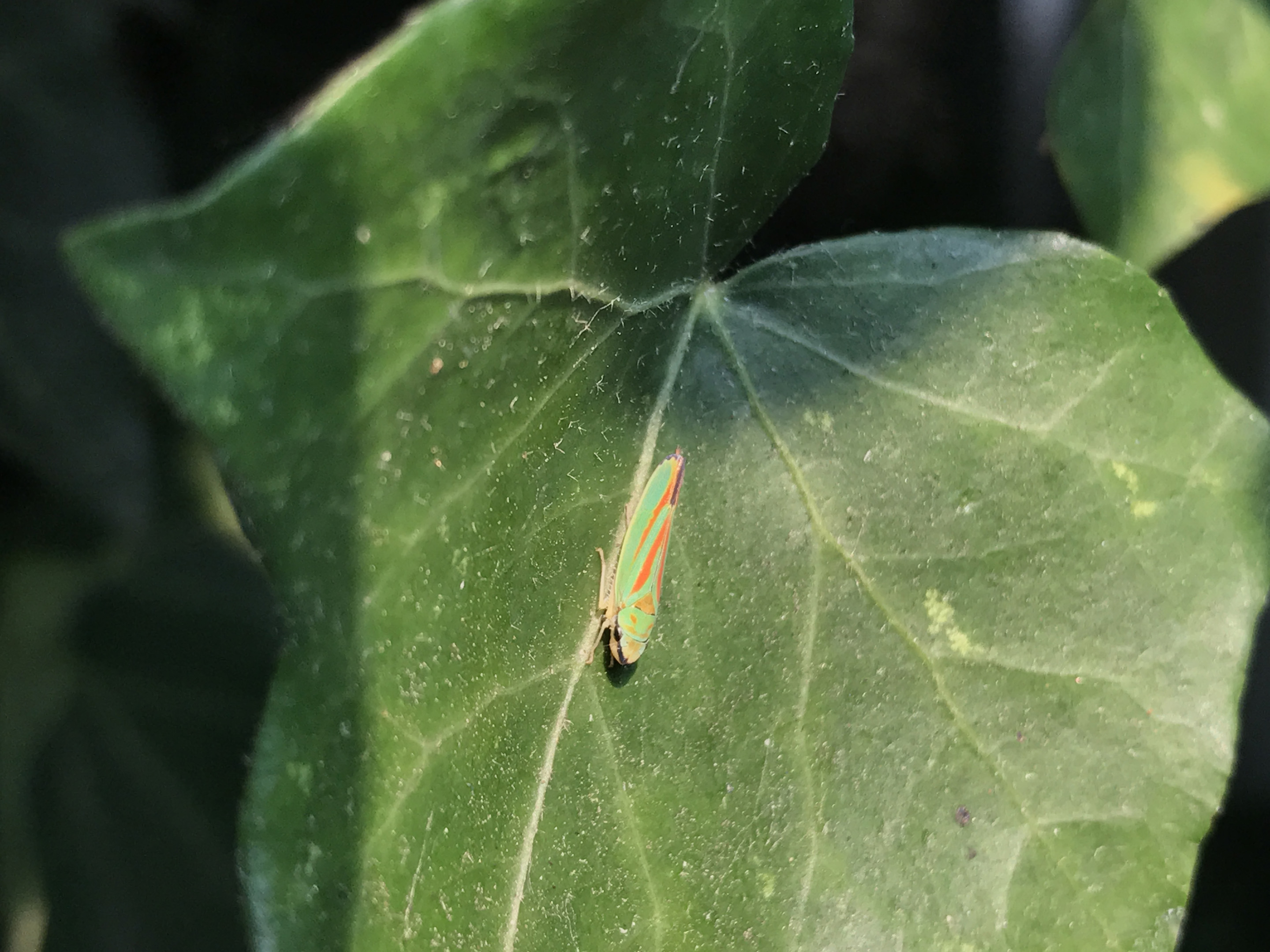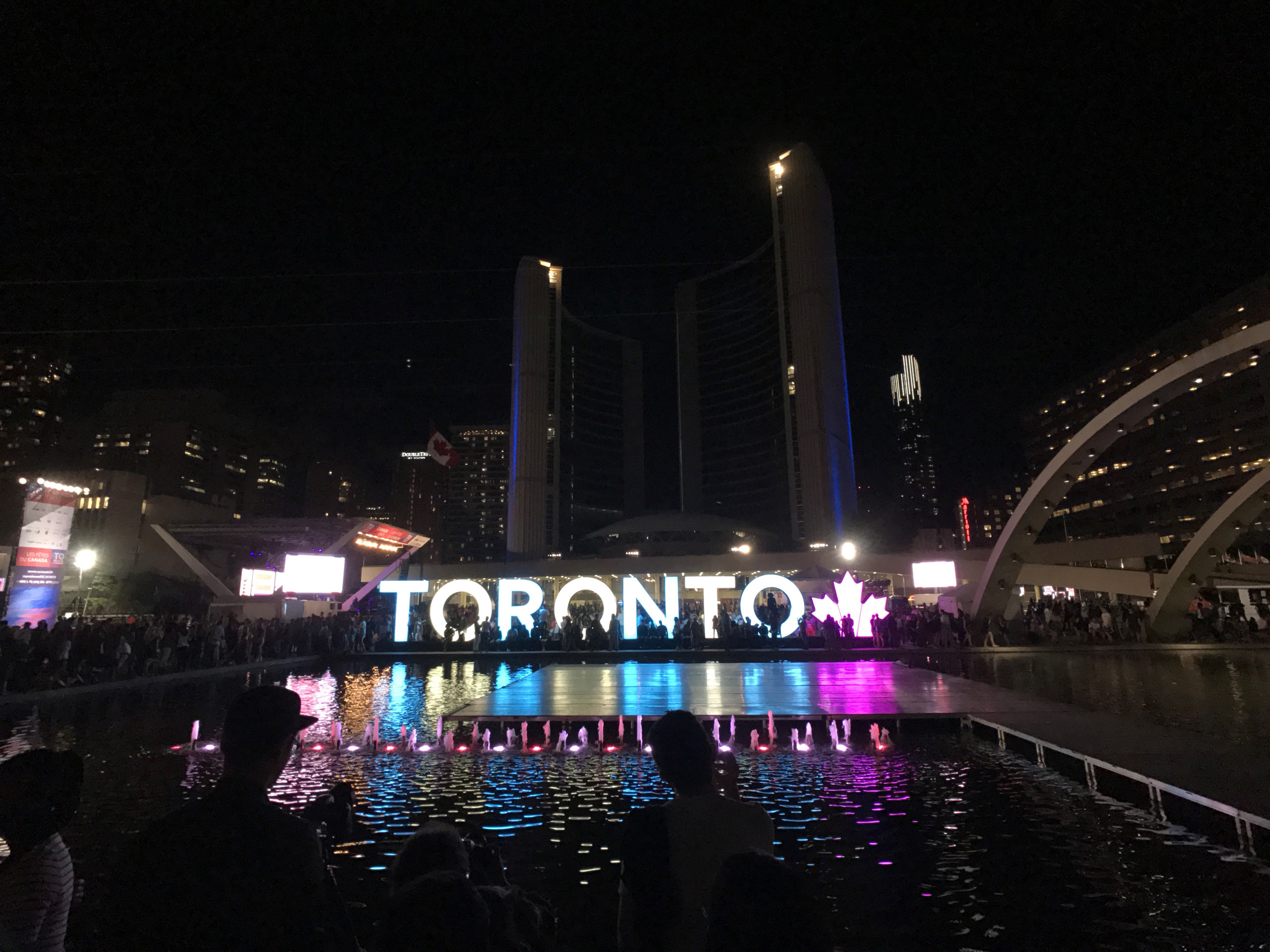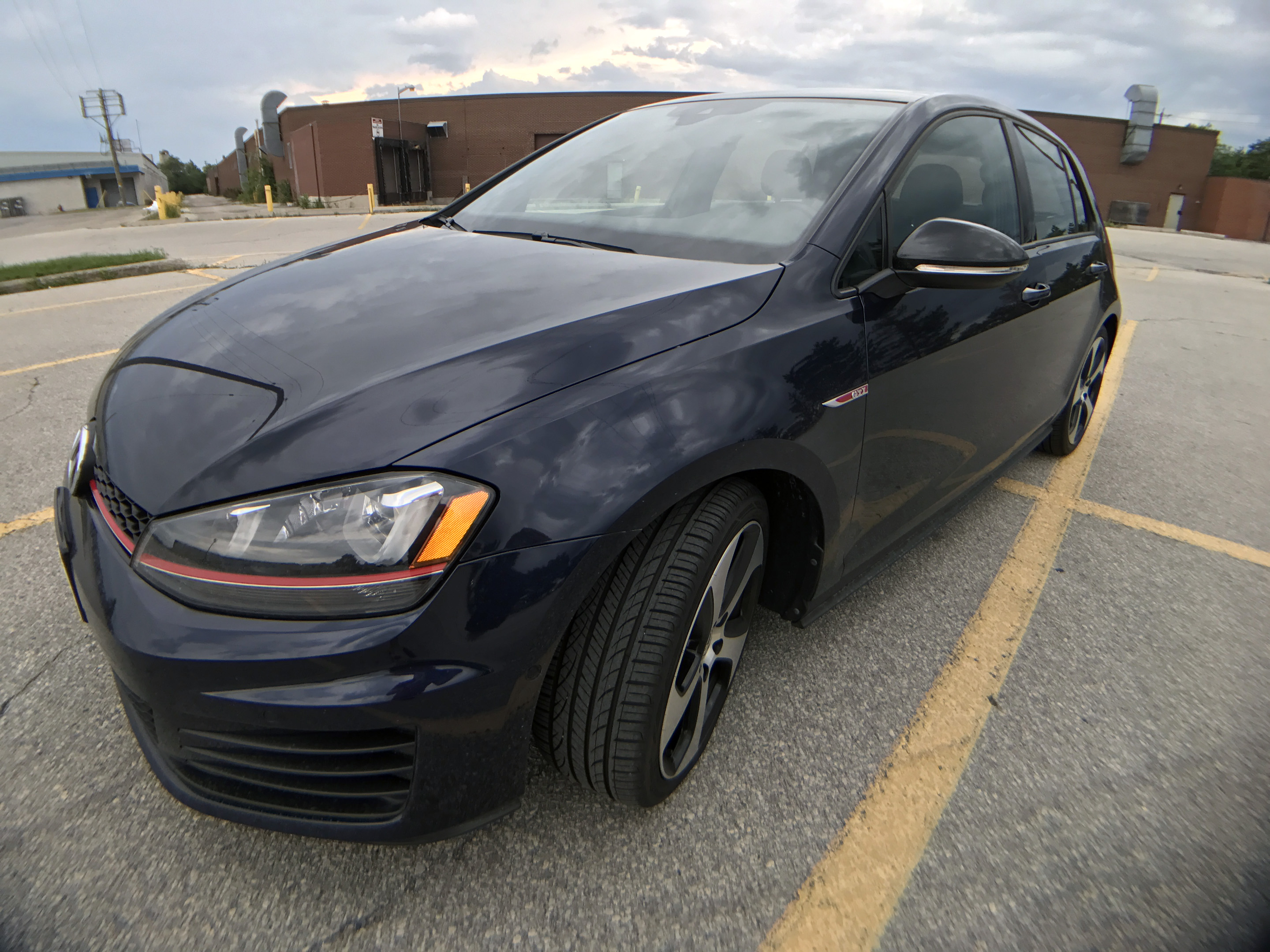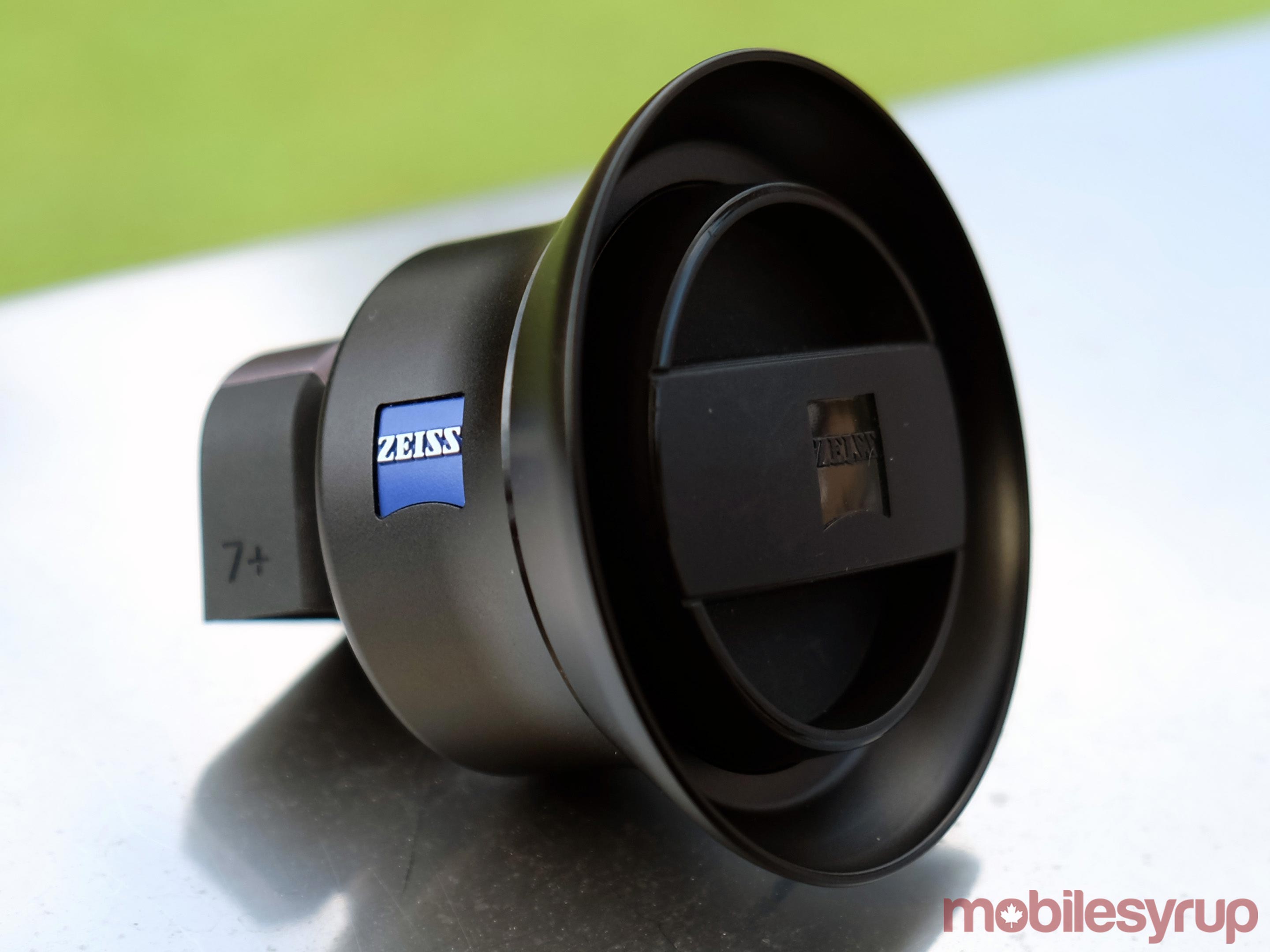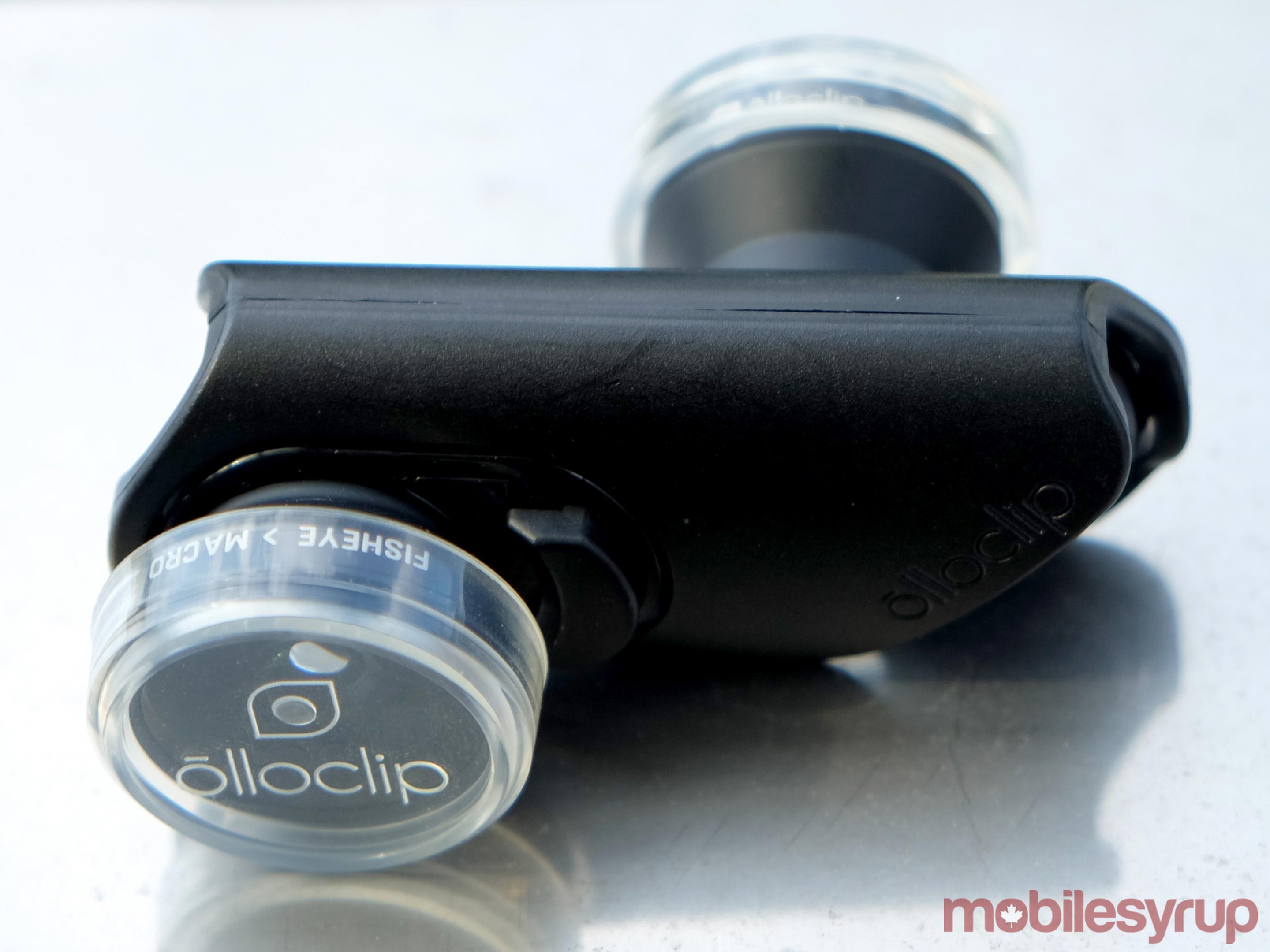
The iPhone is the world’s most popular camera, according to Flickr and other social media platforms, yet its performance could use a boost from the right accessories.
Apple’s iconic device is the easiest one to find photography gear that works with it, with lenses being among the most impactful. Two of the prominent ones I tested for months were the ExoLens Pro and Olloclip Core Lens Set. Both work with the iPhone 7 and 7 Plus, and assuming rumours are true of an ‘S’ iteration coming up, they should be serviceable for some time to come.
The ExoLens Pro Zeiss Mutar 0.6x Asph T offers wider compatibility in that it includes holders for the iPhone 6/6s and 6 Plus/6s Plus. Olloclip’s Core Lens Set offers three different lenses — super-wide, fisheye and macro, presenting more shooting situations than the wide-angle ExoLens.
Pitting these together was really only a fair fight within their respective wide-angle output, though I found it a pretty tight battle between the two in more ways than one.
Differing design

Most noticeably, ExoLens crafted a large body using Zeiss optics and a durable metal body that adds heft to the phone. Weight distribution was obviously skewed once I put it on. The review unit I received had a set of rubberized seals that nestled into the Edge mount. The lens screwed into the Edge, and when slid onto the corner of the iPhone, it lined up with the phone’s lens.
I tested this on an iPhone 7 Plus, which didn’t have the rubber seal included in the box, so it was sent separately. It appears to now be included, either in the box or for free alongside the product.
A lens hood is part of the package, and even has its own microfibre pouch for safekeeping to go with the larger pouch for the lens and Edge mount.
Olloclip’s design sticks to what has worked for the company the last few years, which is a mounting system that covers much of the top of the phone, including openings on both sides to attach two lenses at once.
The alignment is such that lenses cover both the rear and front cameras, meaning I could shoot with macro on the rear and super-wide on the front. The pendant stand that comes in the box and holds the Olloclip Connect lens system doubles as a stand to prop up the iPhone for hands-free shooting — a nice, practical touch any photographer can appreciate. Even better, it clips onto a belt or carabiner for easy mobility.
The set does come with Connect systems for both the iPhone 7 and 7 Plus, so there isn’t one for both. You have to use one or the other, depending on the device in hand.
Full body images

Zeiss widened the ExoLens Pro enough to take what would otherwise be a 28mm shot to a full-frame 18mm equivalent. Naturally, the optics won’t match a good DSLR lens, but the enhancement is such that framing a shot is considerably easier.
Olloclip’s super-wide angle lens stretches 120-degrees, capturing a fair amount into one frame. The fish-eye lens goes up to 175-degrees, while the macro offers 15x magnification for close-ups literally an inch or less away.
Cheaper lenses tend to ignore the fringes in photo composition, something both manufacturers here wanted to avoid. In going with bigger glass, ExoLens has managed to eliminate distortion so that the images shot through it blend in well with the iPhone’s existing optics and image sensor.
The Olloclip Connect system doesn’t fasten onto the phone as gracefully, and I tended to put it on slightly angled from above to slot it in place. Even then, some adjustment was necessary to align with the iPhone’s lenses.
In both cases, there is no way to use these lenses while the phone is wrapped in a case. It’s one key design element that manufacturers have yet to truly solve. Sure, some offer cases that work with the lenses for all-in-one solutions, but cases are usually personal, and having to constantly take one off to shoot photos is a notable trade-off.
Not only that, but the 2x optical zoom of the 7 Plus’ second lens is completely obscured by either lens attachment, negating both zooming in or using Portrait mode. I tried, and while I somehow managed to get a zoom shot or two randomly, I was blacked out otherwise. How I got that second lens to work despite being covered, I have no idea.
Image quality
The ExoLens Pro takes excellent images, among the best I’ve seen on an iPhone lens attachment. There’s no polarizing filter nor other treatment to the glass to tinker with ambient lighting, so colours are a reflection of what the iPhone already captures. The difference is in how much detail is captured in a wider frame without distortion ruining the edges.
Being the opposite of a macro lens, it’s not especially good at close-ups, so the bokeh effect is less pronounced. Granted, shooting close-ups isn’t the intent for a wide-angle lens like this, but I came away feeling like it would have been a killer combination if there was more flexibility.
ExoLens does sell telephoto and macro iterations of its lens systems, which requires buying extra gear. Not really an option for everyone when this ExoLens is already $270 on its own.
Despite that, it was hard to argue with the image composition. Vibrant colours and good exposures that looked sharp. You can’t ask for much more from a smartphone, but there’s no question the lens’ wider frame enhances what the iPhone can capture from a distance. Larger buildings or vistas that would have otherwise required multiple shots, a panorama or a different angle further back can be handled in one snap with this.
And by not going super wide, there is no fisheye effect on the fringes. The effect on shooting video is two-fold, since there’s even more of a telephoto effect when switching to that mode, normally.
Olloclip’s super wide-angle lens crams in a little more into the frame, but it also avoids rounding out into a fisheye effect too. I didn’t notice a huge difference in output, though I would give a slight edge to the ExoLens for consistency. I rarely shot something with that lens that I felt was off in some way.
Both lenses were hindered by the iPhone’s tepid performance in low-light and night settings. The iPhone 7 Plus has an f/1.8 aperture and optical image stabilization, but output really depends on what light source happens to be around. Noisy shots are common, and I didn’t find any real change unless I shot a still subject on a flat surface or tripod using an app that offered manual controls.
Who’s better?
Photographers who care a lot about image quality, no matter what they shoot with their iPhone, will probably like the ExoLens Pro for its excellent optics. Others might prefer the versatility of Olloclip’s Core Lens Set, with three lenses in one.
The pricing also matters. At $269.99 for the ExoLens Pro, it’s a really expensive accessory that is most certainly not for casual shooters. Olloclip’s set is $139.99. Throw in taxes, and it basically amounts to the former being double the price of the latter.
Enthusiasts looking to up their iPhone camera game will probably like getting three lenses for half the price of the other one. Even with the Olloclip, though, casual use doesn’t justify spending the money.
This is the way I felt using both lenses. I love photography, so would certainly consider either one, but I’m also a little old school in that I would use a DSLR or mirrorless camera for trips, vacations and important occasions to get the best possible shots. It’s great that the iPhone’s camera has augmentation options, only it’s hard to dive into either lens here without committing to shooting a lot more with the device.
The potential for great photos with either one is always there, but you have to want to get there badly enough to pay the premium.
MobileSyrup may earn a commission from purchases made via our links, which helps fund the journalism we provide free on our website. These links do not influence our editorial content. Support us here.



